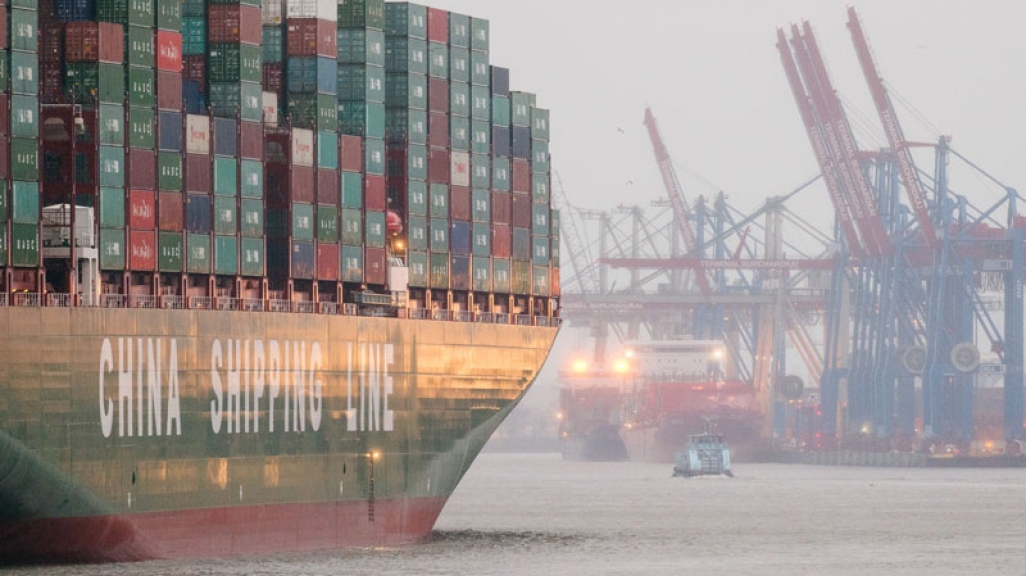Nicaragua and Panama: A Tale of Two Canals
Nicaragua and Panama: A Tale of Two Canals
The Nicaragua canal will have to compete with its neighbor farther south, writes COA’s Eric Farnsworth for China-US Focus.
For over a century the Panama Canal has served effectively as a windpipe of the global economy, but it has also been seen as a tangible testament to U.S. technological and organizational prowess, the ability to mobilize capital, and a symbol of geopolitical influence in the Western Hemisphere. The Canal has played an outsized role in reinforcing the narrative taught to generations of American students, of a nation coming of age in the 20th century and bursting onto the global scene. It is a physical asset of such strategic value that the United States went to war in 1989 to protect it, and a treaty right that the United States maintains in perpetuity as a means to guarantee the universal freedom of Canal navigation. The history of U.S. engagement in Latin America, and indeed in global commerce, is intricately intertwined with the Panama Canal, and the United States and Panama have often claimed a “special relationship” as a result.
It’s perhaps no surprise, then, that China’s emergence in the Western Hemisphere, over a decade in the making, has now been announced with a new, private sector-led megaproject, the Grand Nicaragua Canal, which project planners claim will be completed by 2019. Conceptually, the project includes an interoceanic canal, an oil pipeline, a “dry canal” freight rail, two deep-water ports, two international airports, and a series of free trade zones along the canal route. Costs are projected to be in the $40-50 billion range.
The project is hugely symbolic, and comparisons with Panama are inevitable. One hundred years after the United States put its stamp on the region by physically altering the geographical landscape, China, through a private investment partnership, has announced its intention to do the same. If the Nicaragua canal comes to fruition, it will compete on economic terms directly with its neighbor further south. It would also come with a broader strategic overlay that would plant the Chinese flag in a region that has traditionally been of significant U.S. political and economic interest....







